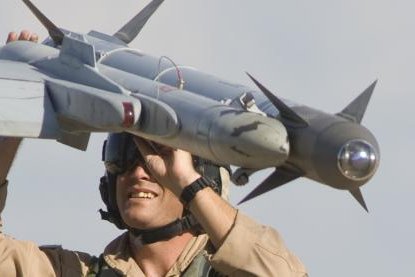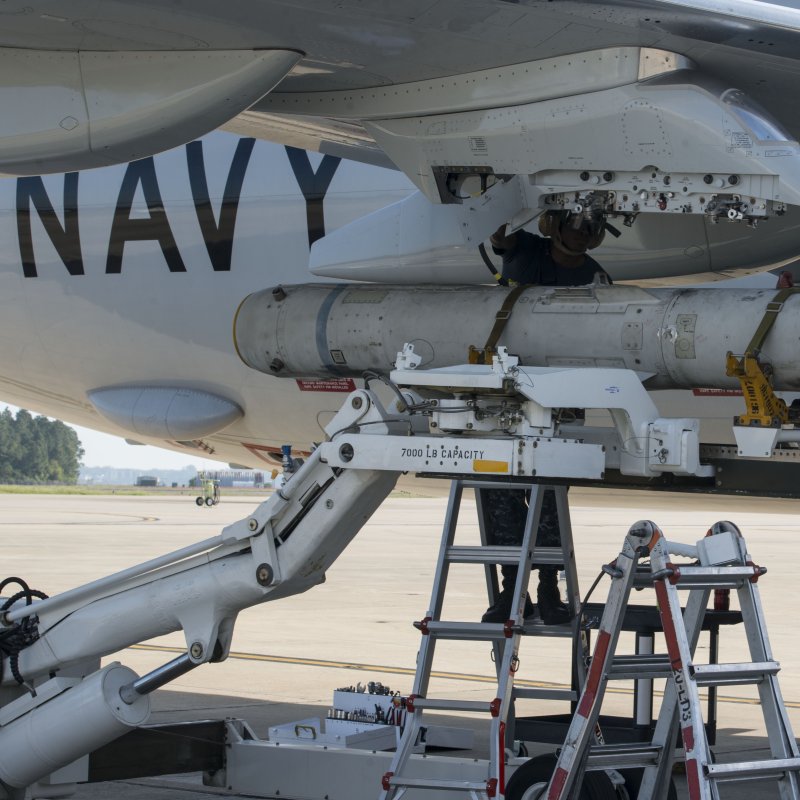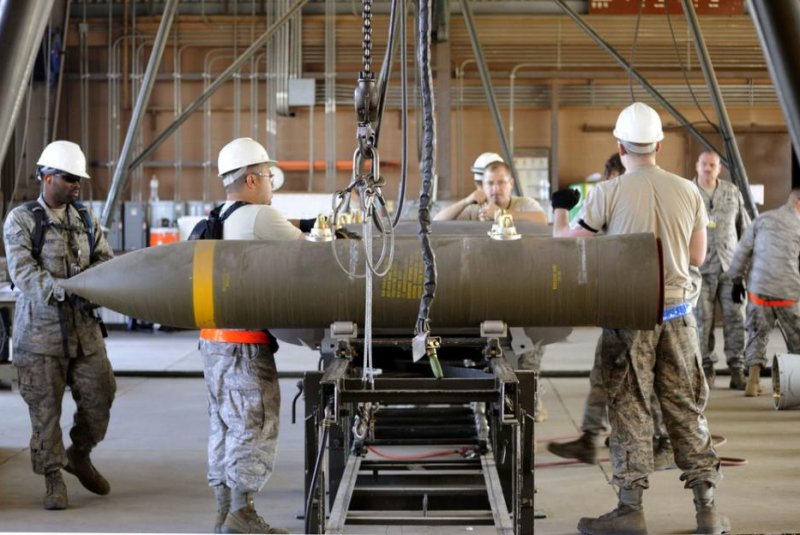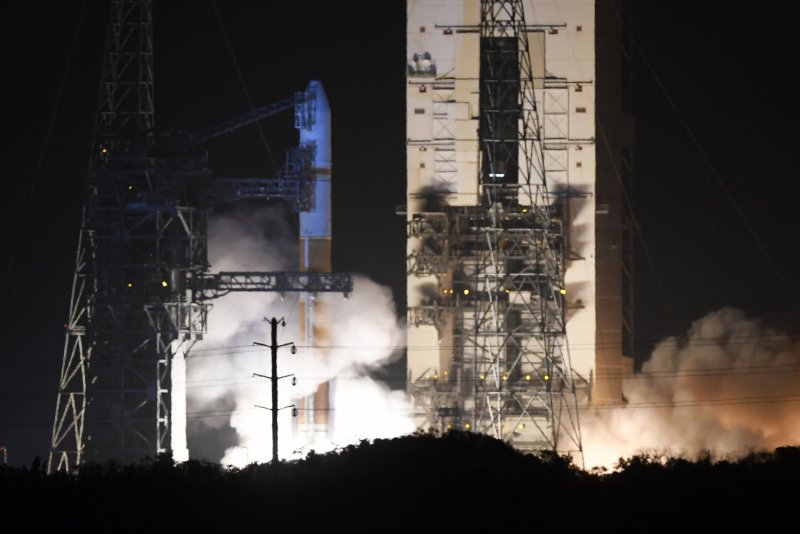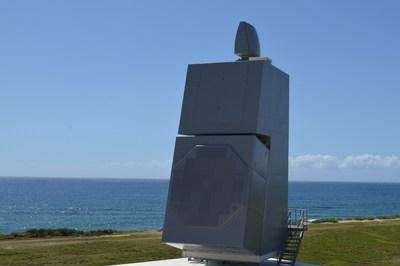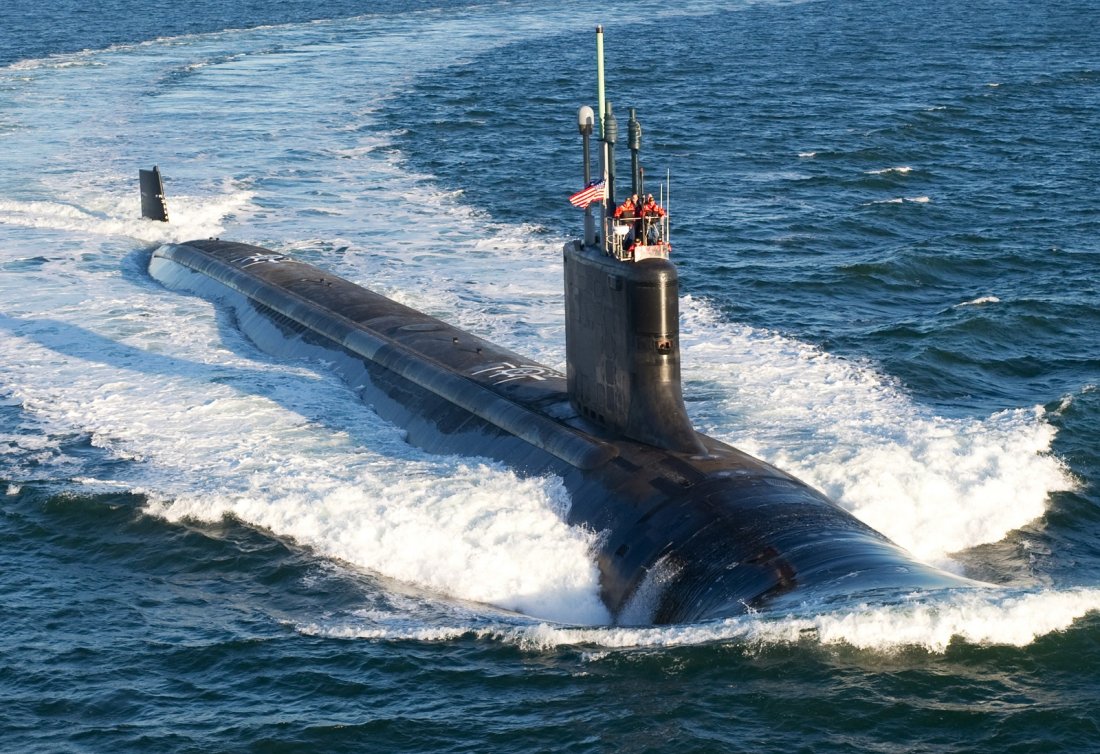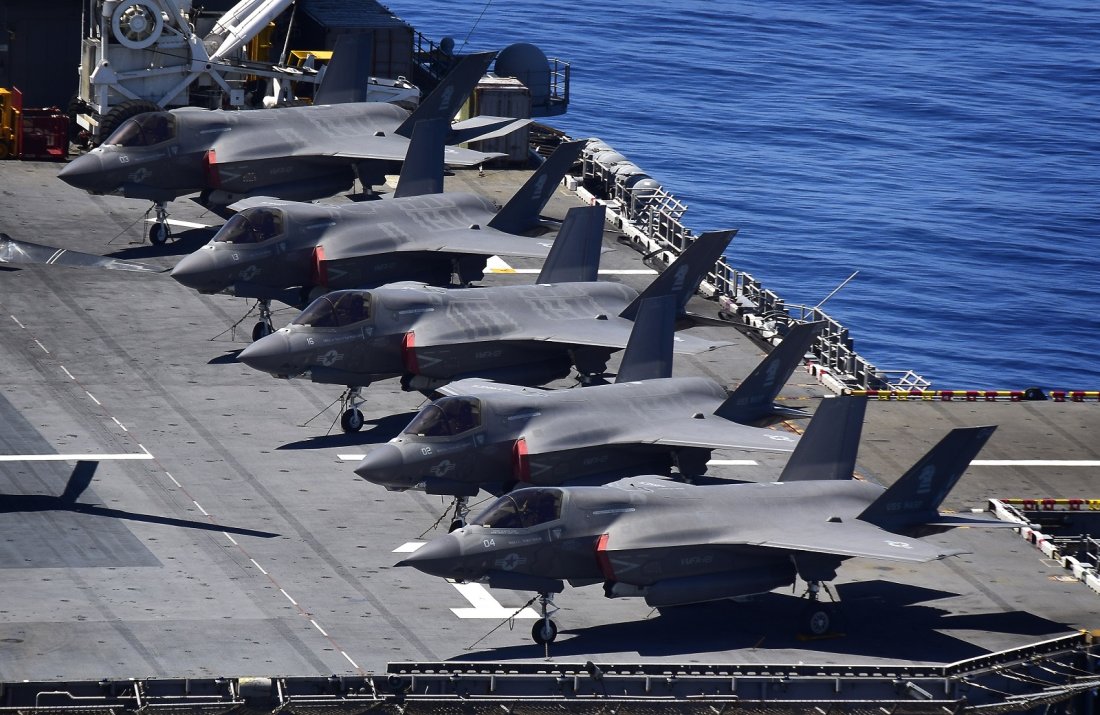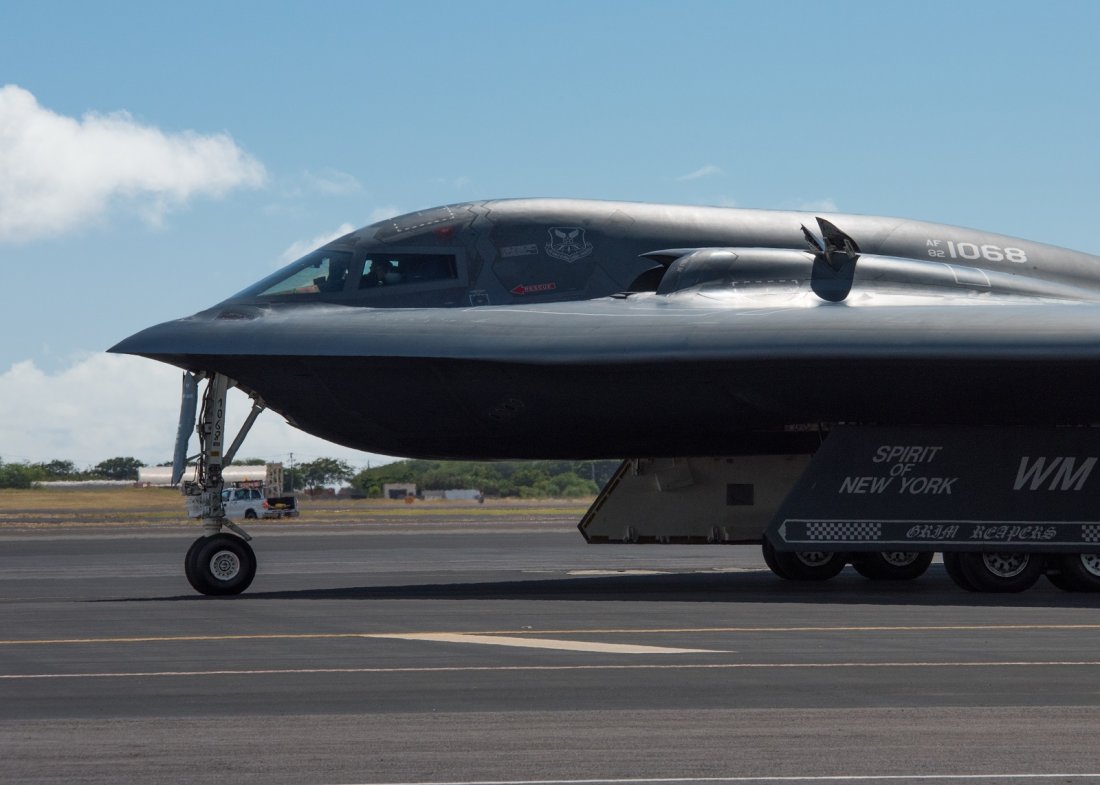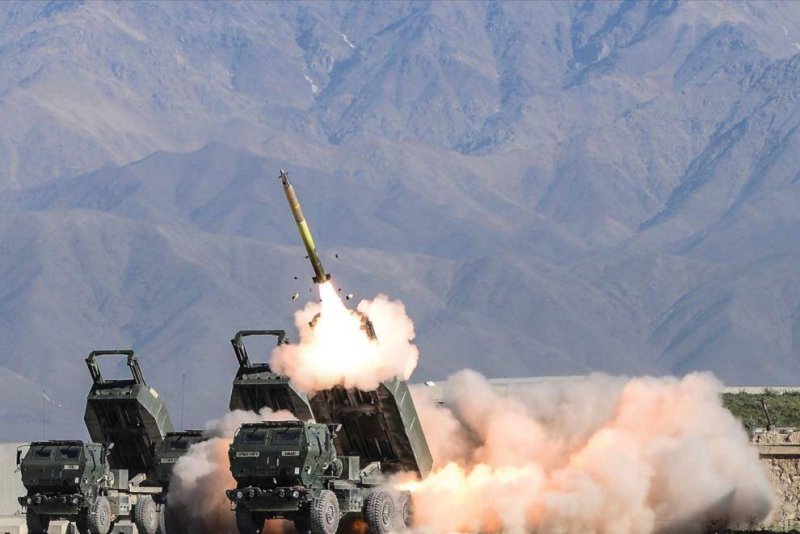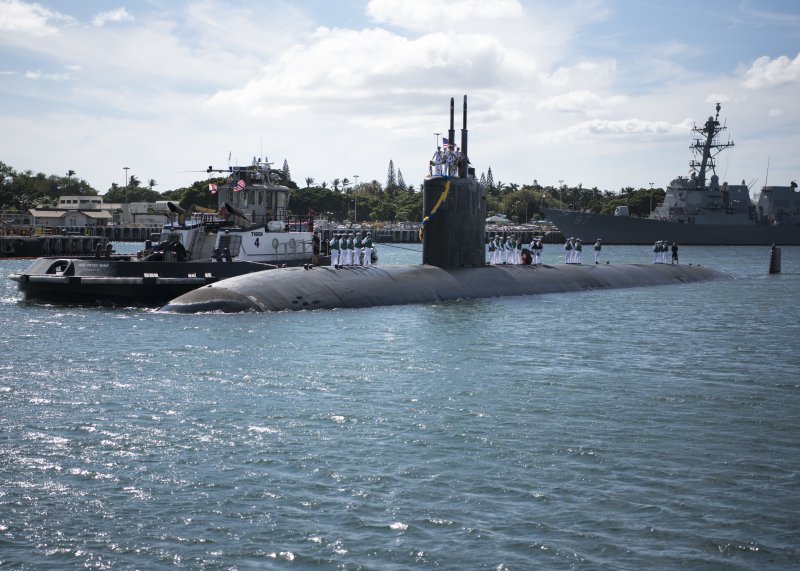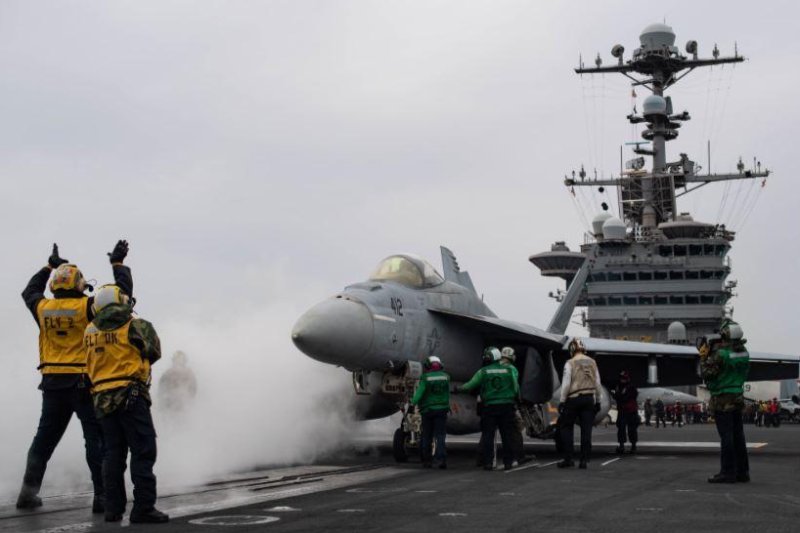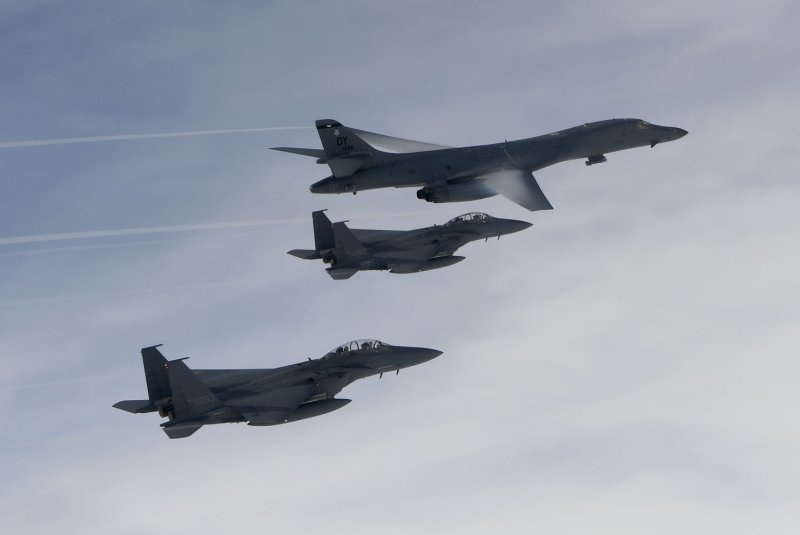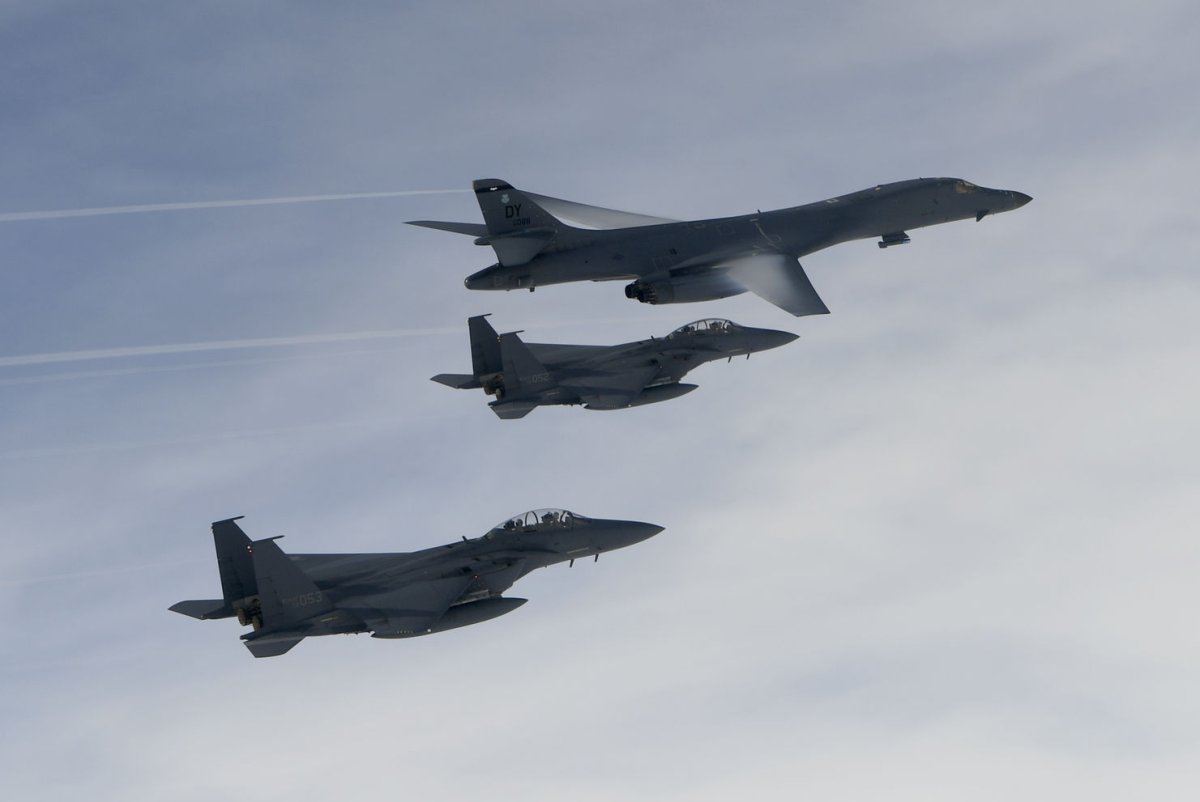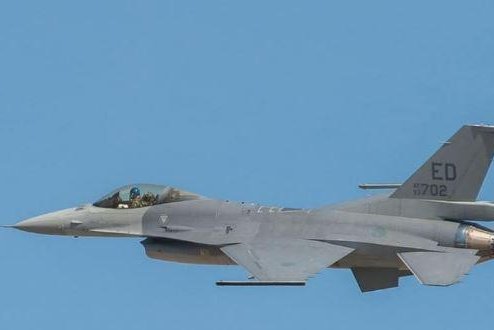Raytheon awarded $19M contract for work on SM-2, SM-6 missiles
By
Allen Cone
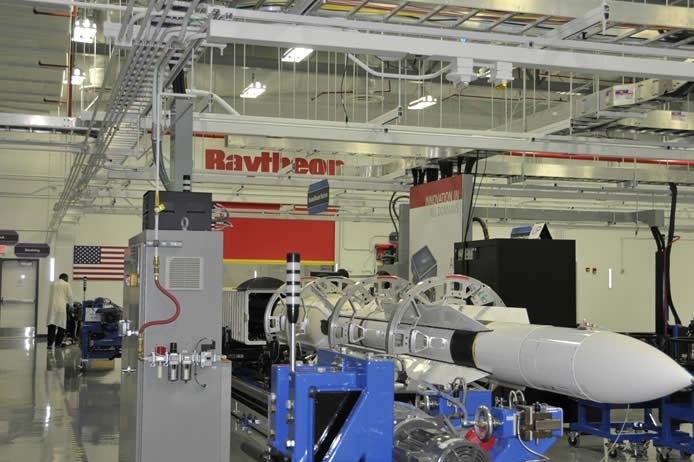
A Standard Missile-6 is constructed at Raytheon's facility in Huntsville, Ala. Support work on the missile is done in Tucson, Ariz. Photo courtesy of Raytheon
April 19 (UPI) -- Raytheon has been awarded a $19 million contract for engineering and technical services on the Standard Missile-2 and Standard Missile-6.
The contract, announced Thursday by the Department of Defense, covers engineering and technical services to support SM-2 and SM-6 production and development.
The combined contract is 90 percent for the Navy, with the rest under foreign military sales for Australia, Germany, Denmark, Korea and Japan.
Work will be performed at Raytheon Missile Systems' plant in Tucson, Ariz., which formerly was Sentinel until it was acquired in 2015, and is expected to be completed by April 2020.
The full value of the contract was obligated to Raytheon at time of award, of which $700,000 will expire at the end of the current fiscal year. Obligated funds include fiscal 2018 and 2019 other Department of Defense funds; Naval fiscal 2019 research, development, test and evaluation; foreign military sales funds; and Naval fiscal 2017 weapons procurement, the Pentagon said.
The SM-2 missile provides anti-air warfare and limited anti-surface warfare capability against advanced anti-ship missiles and aircraft out to 90 nautical miles. The SM-2 "gives warfighters a greater reach in the battlespace," according to Raytheon. They have a range of 90 to 200 nautical miles.
Due to global demand, the company has restarted its SM-2 missile line after halting production in 2013.
The SM-6 missile is the only missile considered a "triple threat," with anti-air warfare, anti-surface warfare and sea-based terminal ballistic missile defense "enabling the U.S. and its allies to cost-effectively increase the offensive might of surface forces," according to Raytheon.
The missiles are deployed on cruisers and destroyers in the U.S. Navy, as well as by international customers approved by the Defense Department.
In February 2018, Raytheon was also awarded a $12.1 million modified contract to work on the SM-2 and SM-3 for the U.S. Navy, Australia, Japan, Republic of Korea and Netherlands Navy.
Raytheon awarded $19M contract for work on SM-2, SM-6 missiles
By
Allen Cone

A Standard Missile-6 is constructed at Raytheon's facility in Huntsville, Ala. Support work on the missile is done in Tucson, Ariz. Photo courtesy of Raytheon
April 19 (UPI) -- Raytheon has been awarded a $19 million contract for engineering and technical services on the Standard Missile-2 and Standard Missile-6.
The contract, announced Thursday by the Department of Defense, covers engineering and technical services to support SM-2 and SM-6 production and development.
The combined contract is 90 percent for the Navy, with the rest under foreign military sales for Australia, Germany, Denmark, Korea and Japan.
Work will be performed at Raytheon Missile Systems' plant in Tucson, Ariz., which formerly was Sentinel until it was acquired in 2015, and is expected to be completed by April 2020.
The full value of the contract was obligated to Raytheon at time of award, of which $700,000 will expire at the end of the current fiscal year. Obligated funds include fiscal 2018 and 2019 other Department of Defense funds; Naval fiscal 2019 research, development, test and evaluation; foreign military sales funds; and Naval fiscal 2017 weapons procurement, the Pentagon said.
The SM-2 missile provides anti-air warfare and limited anti-surface warfare capability against advanced anti-ship missiles and aircraft out to 90 nautical miles. The SM-2 "gives warfighters a greater reach in the battlespace," according to Raytheon. They have a range of 90 to 200 nautical miles.
Due to global demand, the company has restarted its SM-2 missile line after halting production in 2013.
The SM-6 missile is the only missile considered a "triple threat," with anti-air warfare, anti-surface warfare and sea-based terminal ballistic missile defense "enabling the U.S. and its allies to cost-effectively increase the offensive might of surface forces," according to Raytheon.
The missiles are deployed on cruisers and destroyers in the U.S. Navy, as well as by international customers approved by the Defense Department.
In February 2018, Raytheon was also awarded a $12.1 million modified contract to work on the SM-2 and SM-3 for the U.S. Navy, Australia, Japan, Republic of Korea and Netherlands Navy.
Raytheon awarded $19M contract for work on SM-2, SM-6 missiles

